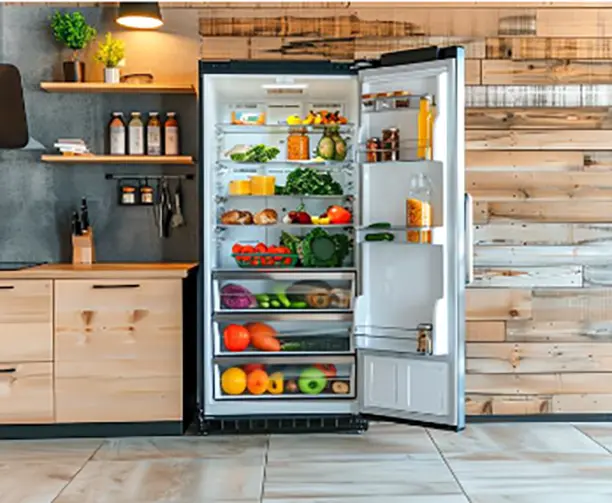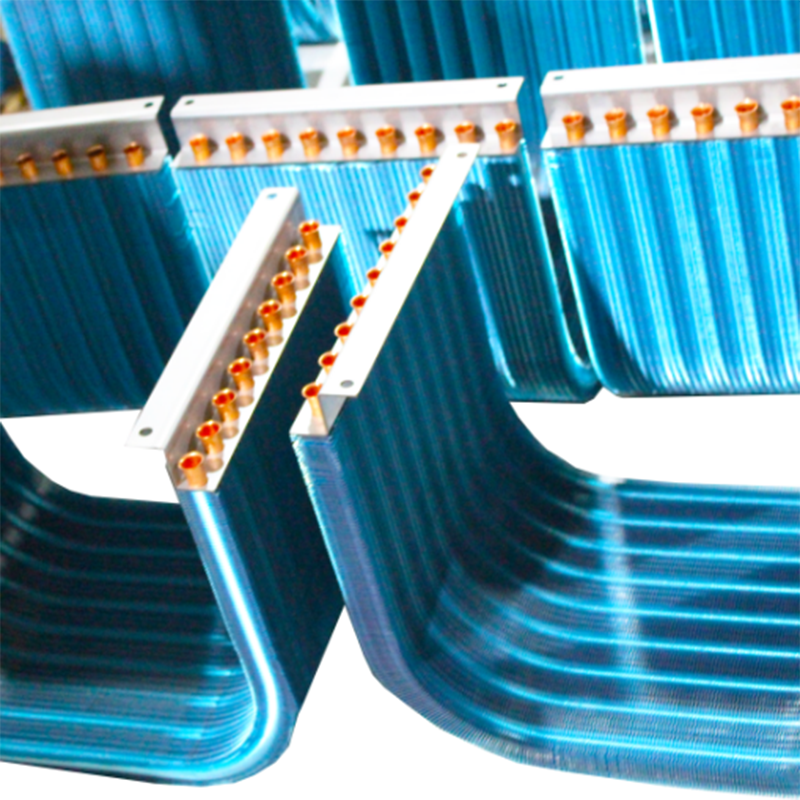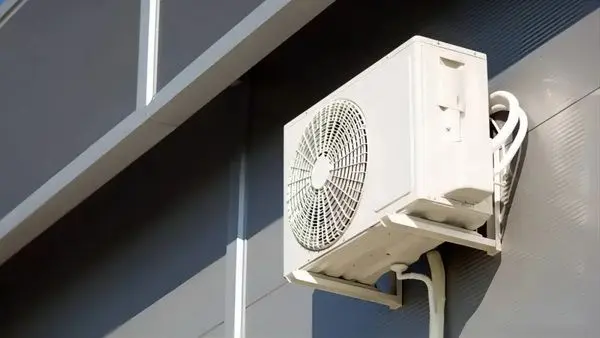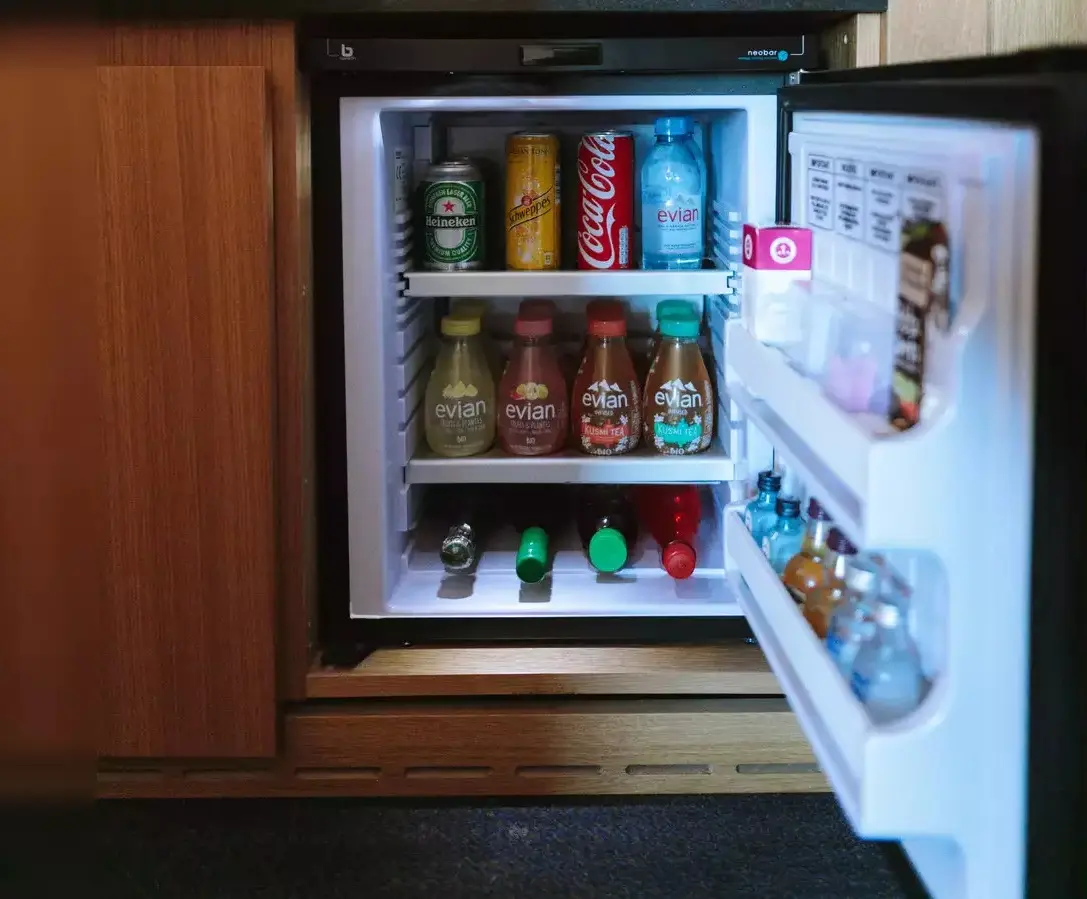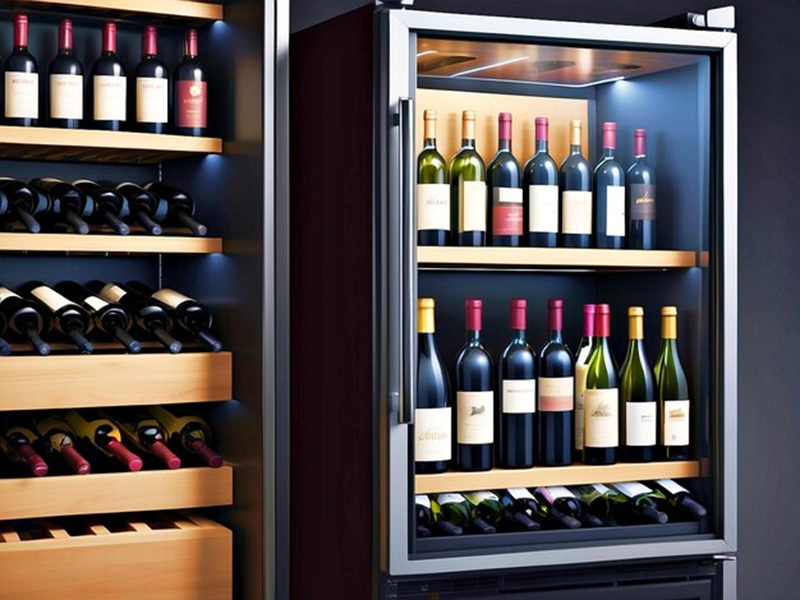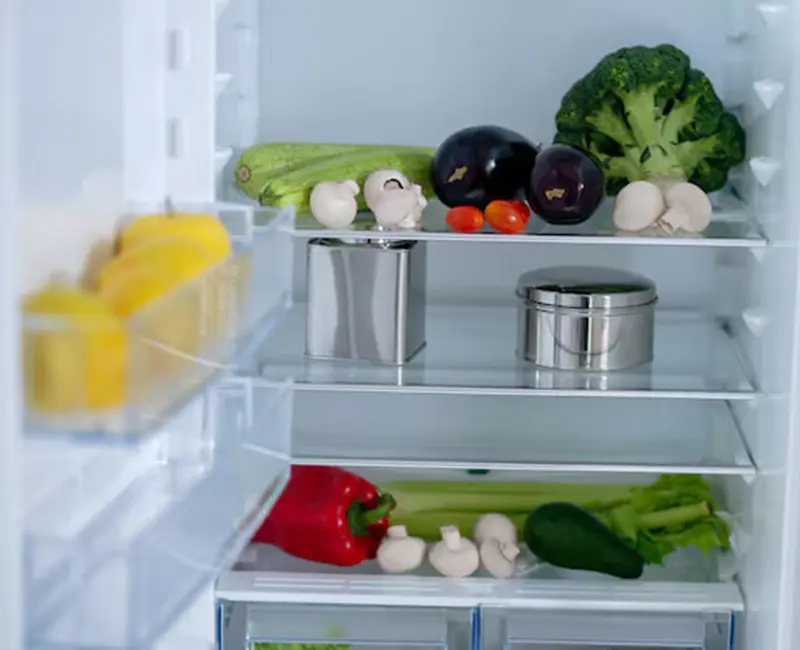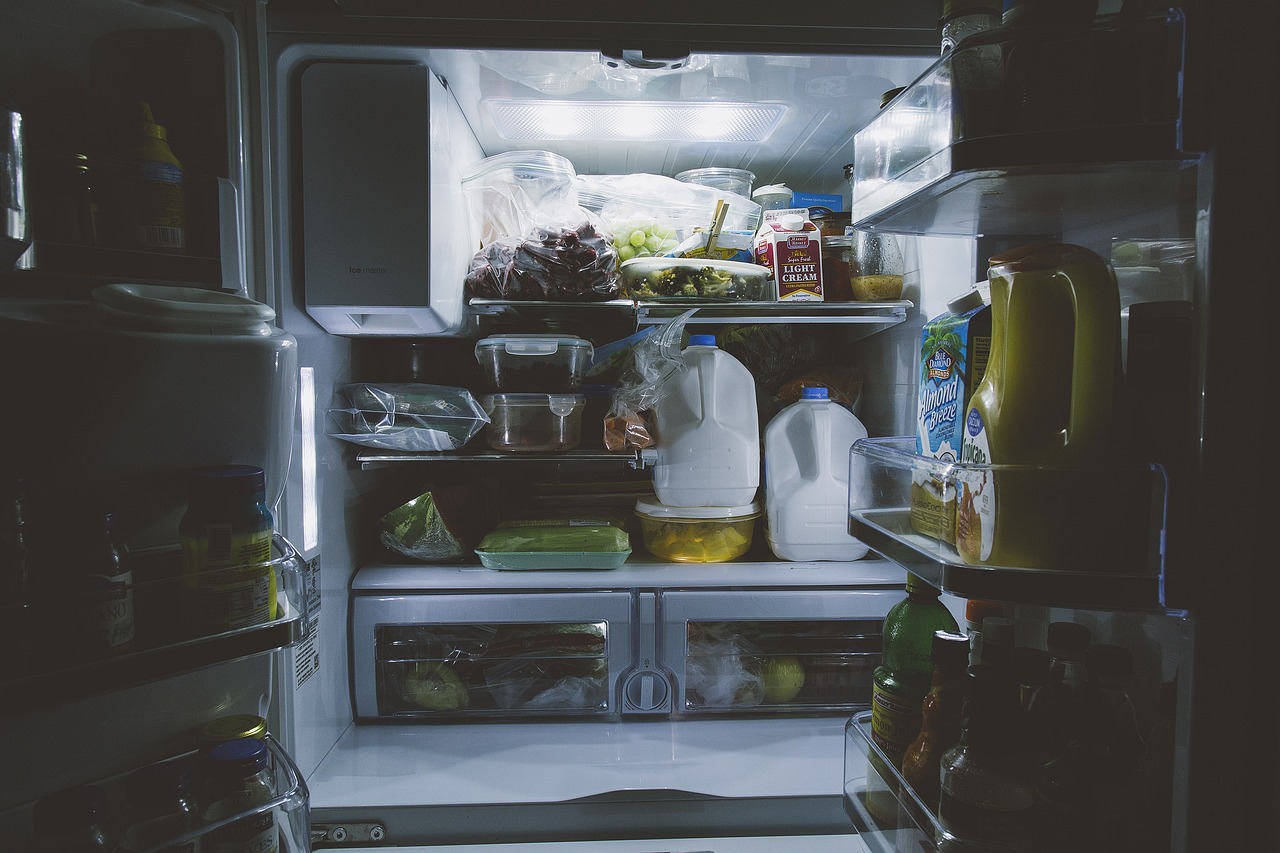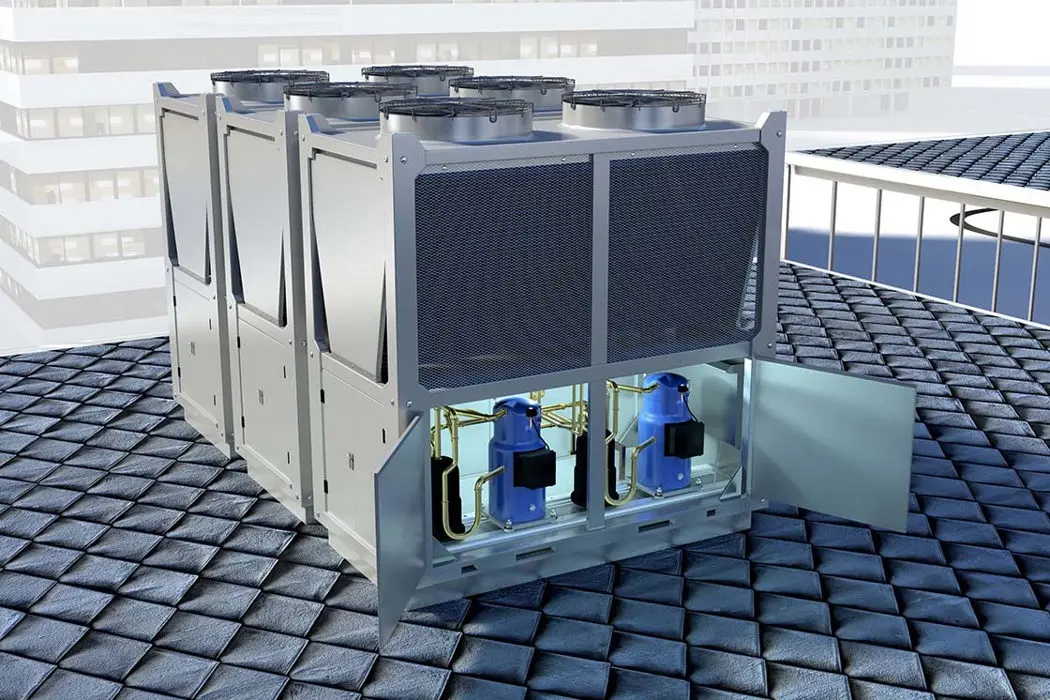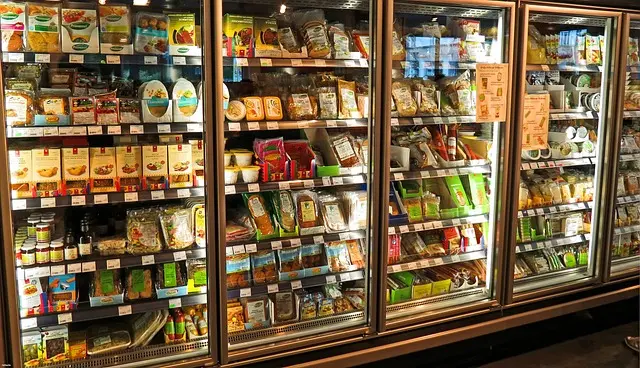Refrigeration Solutions for Extreme Weather: Selection & Protection Strategies
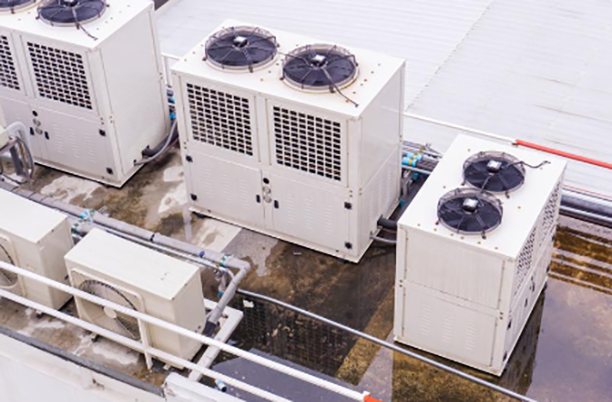
Extreme weather challenges refrigeration systems in ways that demand our attention. I’ve seen how inefficiency or failure can disrupt vital processes. Studies like McCarney et al. (2013) show that poor maintenance and a lack of localized designs often lead to breakdowns. ACopper Fin Heat Exchanger can help maintain optimal performance, even in harsh conditions.
Key Takeaways
- Focus on saving energyin Cooling Systems to use less power and work better in tough weather.
- Choose strong materials like concrete and tough steel to help cooling systems last in bad weather.
- Do regular check-ups and fixes to keep systems working well and avoid problems, especially in extreme weather.
Selection Strategies for Extreme Weather

Energy Efficiency as a Priority
Energy efficiency is the cornerstone of any refrigeration system designed for extreme weather. I prioritize systems that minimize power consumption without compromising performance. Advanced technologies, such as variable-speed compressors and optimized thermal insulation, play a significant role in reducing energy usage. For example, systems incorporating phase change materials (PCM) have demonstrated measurable improvements. A study comparing refrigeration systems before and after PCM integration revealed an 8-watt reduction in average power consumption, showcasing the potential for energy savings during harsh conditions.
Durable and Weather-Resistant Materials
Durability is non-negotiable when selecting refrigeration systems for extreme weather. Materials must withstand the challenges posed by wind, hail, ice, and extreme temperatures. Based on research, I recommend the following:
- Concrete framing for wind and fire resistance.
- Structural insulated panels (SIPs) for energy efficiency.
- Weathering steel to resist corrosion.
- Composite roof shingles for impact resistance.
- Fiber cement siding for flame and moisture resistance.
These materials ensure the longevity and reliability of refrigeration systems, even in the harshest environments.
Systems Designed for Specific Weather Conditions
Tailoring refrigeration systems to specific weather conditions enhances their performance. I’ve seen how systems optimized for tropical climates differ from those designed for sub-zero temperatures. Performance metrics further validate this approach. For instance, refrigeration systems integrated with PCM technology showed a 0.13-bar increase in suction pressure and a 0.76-bar decrease in compressor output pressure, ensuring stable operation under varying conditions.
Adaptability and Scalability
Adaptability and scalability are critical for refrigeration systems facing unpredictable weather. Systems must maintain stable power consumption during prolonged power outages caused by events like typhoons. Real-world performance reports highlight the importance of this feature. Refrigeration systems, with an average daily power consumption of 2.17 kWh, demonstrate their ability to operate efficiently alongside other critical appliances during extreme weather events. This stability prevents food and medication insecurity, ensuring reliability when it matters most.
Manufacturer Support and Warranty
Reliable manufacturer support and comprehensive warranties are essential for systems exposed to extreme weather. I always recommend choosing manufacturers who offer robust after-sales services and long-term warranties. This ensures peace of mind and quick resolution of any issues that may arise during operation.
The Role of Copper Fin Heat Exchangers
Copper Fin Heat Exchangers are indispensable in refrigeration systems designed for extreme weather. Their superior Heat Transfer efficiency and pressure drop characteristics make them ideal for maintaining optimal performance. A technical paper on internally finned heat exchangers highlights their ability to enhance thermal and hydraulic performance, ensuring refrigeration systems operate efficiently even in challenging conditions.
senjun: A Leader in Refrigeration Components
When it comes to reliable refrigeration components, senjun stands out as a trusted name. Ningbo Senjun New Materials Co., Ltd. specializes in the production of wire tube condensers and copper aluminum fin heat exchangers. Their products cater to a wide range of applications, including refrigerators, freezers, medical ultra-low temperature refrigerators, and ice makers. Senjun’s commitment to innovation and quality ensures their components perform exceptionally well, even in extreme weather conditions.
Protection Strategies for Refrigeration Systems
Regular Maintenance and Inspections
I always emphasize the importance of regular maintenance and inspections for refrigeration systems. These practices ensure the system operates efficiently and reliably, even in extreme weather. Maintenance records provide valuable insights into the history of the unit, helping to identify recurring issues. Routine checks of electrical connections, refrigerant levels, and pressure gauges prevent operational disruptions and ensure safe functioning.
In one case, a dairy processing plant in the Netherlands implemented a comprehensive cleaning and inspection schedule. This proactive approach increased energy efficiency by 20% and significantly reduced downtime. Similarly, a meat storage facility adopted predictive maintenance tools to monitor their refrigeration systems. This strategy decreased maintenance-related expenses by 35% and extended the lifespan of their equipment. These examples highlight how regular inspections enhance durability and reduce costs.
Emergency Planning for Power Outages
Power outages pose a significant risk to refrigeration systems, especially during extreme weather. I recommend developing a robust emergency plan to mitigate these risks. This includes sizing backup power systems, ensuring they can handle peak loads, and maintaining cooling needs during outages.
| Evidence Description | Key Insights |
|---|---|
| Sequence of event recorders (SERs) | Capture and record electrical events to diagnose power anomalies, enhancing reliability and efficiency. |
| Average length of power interruptions | EIA data shows average outages last 5.5 hours, which can severely impact refrigeration systems. |
| Considerations for emergency power strategy | Emphasizes the need for sizing backup systems and ensuring cooling needs are met during outages. |
By planning for these scenarios, I ensure that refrigeration systems remain operational, protecting perishable goods and critical supplies.
Insulation and Weatherproofing
Proper insulation and weatherproofing are essential for safeguarding refrigeration systems against extreme weather. I always prioritize high-quality insulation materials to minimize heat transfer and maintain internal temperatures. Weatherproofing measures, such as sealing gaps and using protective covers, shield the system from external elements like rain, snow, and dust. These steps not only enhance energy efficiency but also prolong the system's lifespan.
Smart Technology for Monitoring and Alerts
Smart technology has revolutionized the way I monitor refrigeration systems. Advanced sensors and IoT-enabled devices provide real-time data on system performance, allowing me to detect issues before they escalate.
Existing and new technologies increase the likelihood that messages reach populations at risk, enable richer interactions between emergency managers and those at risk, and automate certain time-sensitive functions.
Environmental monitoring systems also play a crucial role. They analyze conditions to identify irregularities and send alerts via email or text. For instance, if a Copper Fin Heat Exchanger experiences a performance drop, the system can notify me immediately, enabling swift action. This proactive approach minimizes downtime and ensures optimal performance during extreme weather.
Staff Training on Usage and Emergency Protocols
Even the most advanced refrigeration systems require knowledgeable staff to operate them effectively. I always invest in training programs to ensure my team understands proper usage and emergency protocols. This includes teaching them how to respond to power outages, monitor system performance, and perform basic troubleshooting. Well-trained staff are an invaluable asset, especially during extreme weather events when quick decision-making is critical.
Selecting durable and efficient refrigeration systems ensures reliability during extreme weather. Regular maintenance, emergency planning, and advanced technology play critical roles in system performance. For example:
| Requirement | Description |
|---|---|
| TPL-008-1 | Prepares systems for extreme temperature events to maintain reliable operation. |
| Extreme Temperature Assessments | Evaluates the impact of heat and cold on system reliability. |
| Coordination | Encourages collaboration to improve planning and emergency response. |
Proactive measures safeguard operations and protect critical resources.
FAQ
What makes copper fin heat exchangers ideal for extreme weather?
Copper fin heat exchangers excel in heat transfer efficiency and durability. Their design ensures reliable performance under harsh conditions, making them indispensable for refrigeration systems.
How often should refrigeration systems undergo maintenance?
I recommend monthly inspections and annual comprehensive servicing. Regular checks prevent breakdowns and ensure optimal performance during extreme weather events.
Why choose senjun for refrigeration components?
Senjun offers innovative, high-quality products like wire tube condensers and copper aluminum fin heat exchangers. Their reliability and adaptability make them a trusted choice for extreme weather solutions.
💡 Tip: Always consult manufacturer guidelines for maintenance schedules and system upgrades to maximize efficiency and lifespan.










